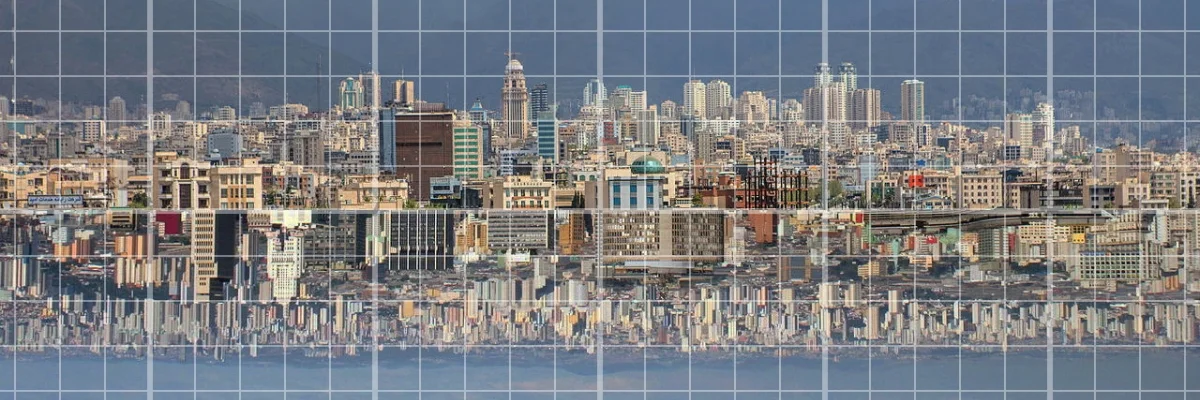Iran's Currency Crisis Is Decades in the Making
The deliberate devaluation of the national currency is a staple of modern monetary policy. Its thoughtful application has led to decades of economic growth for export-oriented countries such as China. The Iranian government has allowed the rial to grow consistently weaker for decades. Why hasn’t the country seen the same economic windfall?
Economists answer this question with caution. The consensus view is that the most important factor in the success of the policy of devaluation is a country’s foreign trade balance. The policy works if a country is export-oriented, manufacturing globally competitive tradable goods. But being an oil-oriented economy and suffering from negative trade balance, as in the case of Iran, hinders the economy.
Emboldened by oil revenues paid in foreign exchange, subsequent administrations have sought to preserve the purchasing power of rial for the consumption of imported goods and not for domestically made products. In fact, the dominant policy in the last 40 years subsidized foreign commodity consumers, favoring importers, affluent Iranians enjoying dual citizenship, and even smugglers—groups whose spending depends on foreign exchange. These policies have letdown domestic manufacturers and ordinary Iranians, now victimized by a monetary policy that has created havoc across the economy, in a repeat of the currency crises of 1990s the 2010s
Experts have continued to recommend that the government allow market forces to determine equilibrium forex rates. If the monetary regulator does decide to intervene in supply and demand of hard currency, the real forex rate should be specified at a higher level with the constant adjustment of the nominal rate as per domestic and foreign inflation differentials. This approach is thought to incentivize exports and enhance import substitution , which is believed to ultimately contribute to economic development in Iran.
Exchange rates are likely to spike if government or domestic economic players bear large foreign exchange liabilities on their books at a time when the value of the rial drops or access to credit is limited. In such a scenario, the enhancement of exports and reduction of imports can balance trade payments. But once higher forex rate adjustment is not capable of exerting an acceptable amount of impact on export growth and import cuts, the current account balance may not remain sufficiently positive to help government or manufacturers meet their foreign currency debts and obligations.
This vicious cycle is made worse by groups with vested interests, which exert their pressure against the government reforms. Both quantitative and qualitative evidence suggest that the commercial and political interest groups play a major role in shaping the regime of exchange rates in Iran. Actors involved in international trade and business are more inclined to advocate a fixed exchange rate policy. These economic agents, regardless of domestic macroeconomic climate, seek predictability in currency prices in order to protect their own interests. On the other hand, there are importers and non-tradable commodity manufacturers prefer a floating exchange rate system, which allows them to benefit tremendously from rial devaluations.
Generally speaking, there are two mechanisms available to regulators to manage currency market volatility—endogenous management and exogenous management. The latter approach has seen the management of currency crises with the use of central bank forex reserves. But this mechanism, which is reactive and open to manipulation by interest groups, has never been able to bring lasting results.
Iranian officials must recognize endogenous management as the only tool at hand to minimize the incentives of the currency speculators, and push excess liquidity to other asset classes like the housing market or capital market. The Tehran Stock Exchange is already benefiting hugely from the capital exodus from the banking system due to rising inflation rate. Additionally, the housing market can absorb the liquidity if the proper measures are undertaken to encourage investment in the sector. Such an intervention could calm the currency crisis in the short-term and help protect job growth now that unemployment is set to rise.
As is evident today, failure to regulate foreign exchange markets can bring the whole economy to a standstill and raise real and expected inflation. When the exchange rate rises hand-in-hand with inflation, Iran’s economy sees stagflation, resulting in a severe loss of total national income. These were the dynamics when Iran experienced its first currency crisis in 1994-95.
Furthermore, the depreciation of the rial negatively impacts the economy given that foreign exchange revenues are considered to be essential resource for the importation of intermediate and capital goods. Under such circumstances, if exchange rates rise, the cost of manufacturing and, in turn, inflation stands to rise as well. Consequently, investment levels are decreasing. This will depress total demand leading to reduced business activities and a jump in consumer prices. This more dramatic scenario, which is taking root now, is similar to that faced by Iranians at the end of Ahmadinejad presidency in 2012-2013. The outcome this time round is hard to predict.
Photo Credit: Depositphoto




